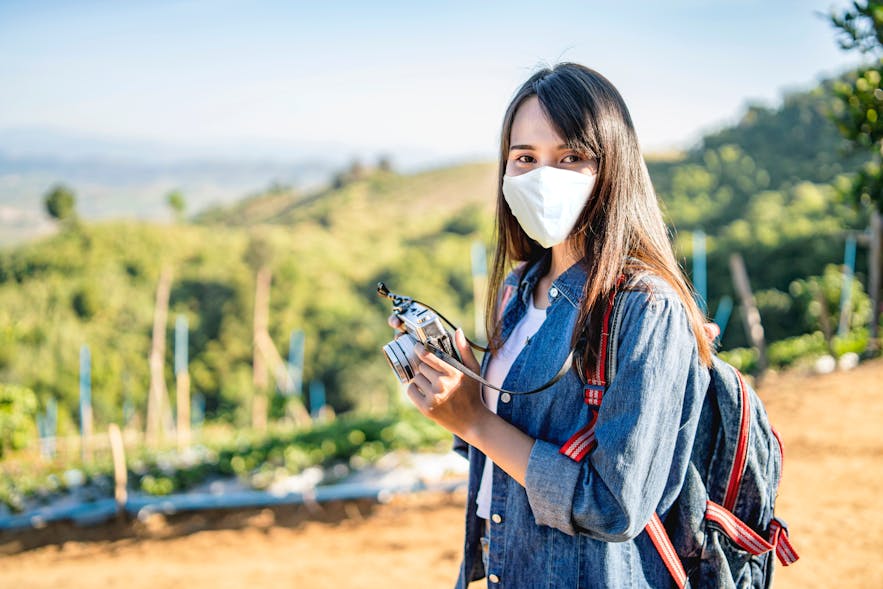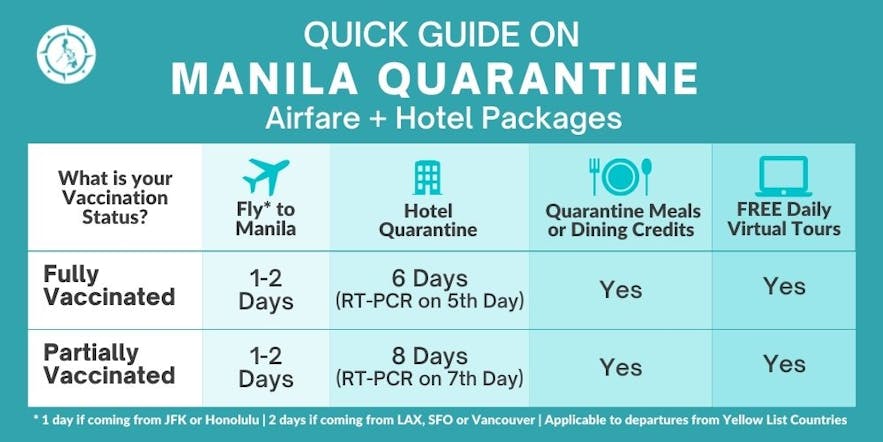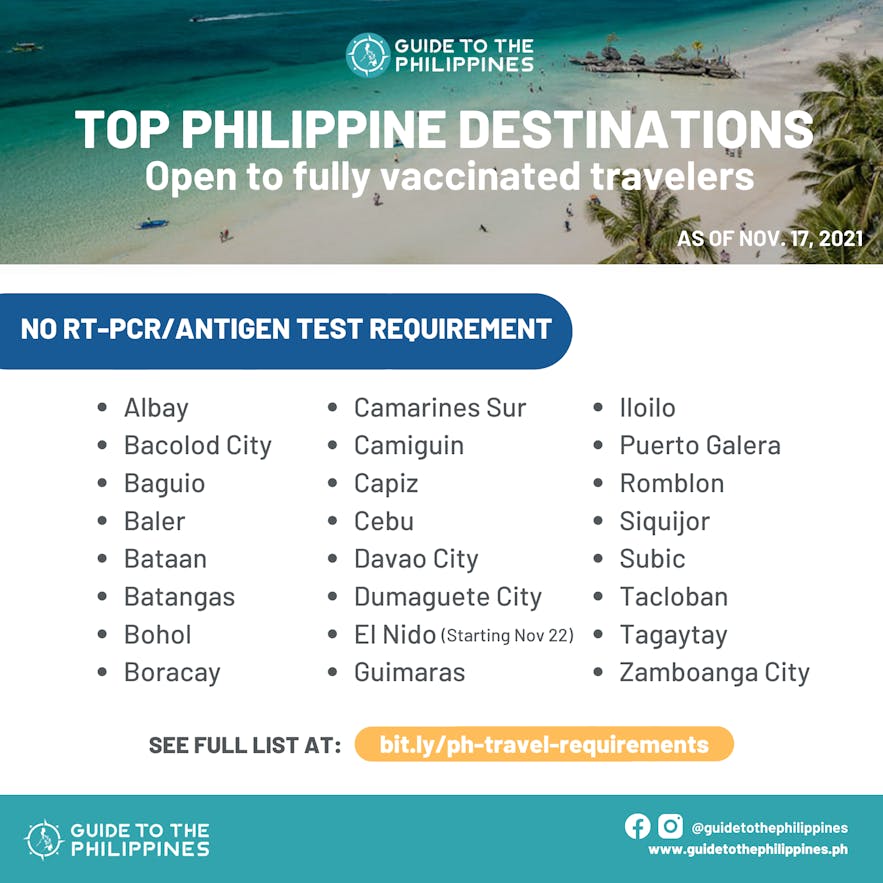- Author Felix Schlagwein, DW
Coronavirus infections are surging in Germany. What does this mean for tourists? Here are the answers to some of the most pressing questions.
The fourth coronavirus wave is currently resulting in record infections in many European countries — including Germany. In some places, the situation is so dramatic that public events and fairs have been canceled and contact restrictions introduced.
Tourist travel has also been banned in parts of Germany. On Tuesday, the US once more issued a warning against visiting Germany, although vaccinated tourists can still enter. What do these developments mean for anyone wishing to enter Germany? What quarantine rules apply? And what do German holidaymakers need to bear in mind when returning home? Here are answers to some of the most important questions.
Who can enter Germany?
Despite soaring infections, conditions for entering Germany are in some cases more relaxed than they were a year ago. Nevertheless, all arrivals from the age of 12 must present proof of vaccination, recovery, or an approved negative COVID-19 test, regardless of where they are coming from and by what means of transport. This requirement will remain in force until January 15, 2022. Entry is possible from all EU countries as well as the Schengen-associated states of Iceland, Norway, Switzerland and Liechtenstein.
Before traveling to Germany, make sure to get an overview of the latest developments and rules. Travelers can find detailed information on the websites of the Ministry of Health, the Ministry of the Interior and the Foreign Office.
Are people from third countries allowed to travel to Germany?
Entry from third countries is possible again, albeit only under certain conditions. Residents from a list of "safe" third countries, which includes Australia and Canada, may enter Germany for any purpose, subject to the above-mentioned documentation requirement. Travelers from other third countries, including the US, must either be fully vaccinated or put forward pressing grounds for their trip.
Only vaccines approved by Germany's Paul Ehrlich Institute are recognized, which currently comprises vaccines from BioNTech/Pfizer, Moderna, AstraZeneca and Johnson & Johnson. Licensed foreign versions of these vaccines are recognized as equivalent. A person is considered fully vaccinated if 14 days have passed since the second shot. For those who have recovered from a coronavirus infection, a single dose is sufficient. Also, only one vaccination is required for the Johnson & Johnson vaccine.
Who needs to quarantine?
All arrivals failing to present proof of vaccination, recovery or a negative COVID-19 test must self-isolate. Likewise, arrivals from high-risk and virus variant countries must quarantine in Germany.
Travelers from high-risk countries must spend ten days in self-isolation, whereas those from virus variant countries must self-isolate for two weeks.
Individuals from high-risk countries may cease self-isolating if they can present a negative test result on day five. This option is not available for people from virus variant destinations.
Germany's disease control agency, the Robert Koch Institute, currently classifies a spate of EU member states high-risk countries, among them Belgium, the Netherlands, Greece, Austria and Croatia. Anyone wishing to travel to Germany from there must complete a digital passenger locator form. At the moment, Germany does not list any virus variant countries.
Before planning your journey, be sure to check whether Germany deems your country a high-risk and virus variant destination.
Do I need to take a coronavirus test before arriving?
Not necessarily. Provided travelers can prove they are fully vaccinated, or have recovered from a coronavirus infection, no test is needed. Some airlines and train operators, however, ask passengers to take an additional COVID-19 test.
In Germany, PCR tests are accepted only if taken within the past 72 hours, rapid tests may be no older than 48 hours.
I'm a German tourist and contracted the coronavirus on holiday. May I return to Germany?
The Ministry of Health urges anyone who has fallen ill with COVID-19 to quarantine abroad, instead of returning home and potentially infecting others. Even so, authorities may not refuse entry to Germany. If you do make your way back, be sure to self-isolate the moment to step foot on German soil.
Anyone who tests positive for COVID-19 is barred from air travel. Likewise, infected individuals from high-risk or virus variant destinations are also banned from traveling to Germany.
I want to travel to Germany with my children. Which rules apply?
The rules set out above apply to children aged 12 and above. Those below this age are exempt from proving they are vaccinated, have recovered, or tested negative. Moreover, they are required to quarantine only for five days when returning from a high-risk country.
I have a stopover at a German airport. Which rules apply to me?
Persons changing flights at a German airport without entering the country can disregard Germany's travel rules. The same applies to persons who are transiting through Germany without stopping. In this case, travelers are not required to go into quarantine, nor complete a passenger locator form. It is advisable, however, to become acquainted with the entry rules of your final destination. If en route to another EU country, be sure to consult Re-open EU, a platform with detailed information on travel rules and coronavirus rules in all EU member states.
May I travel freely inside Germany after my arrival?
In principle, yes. But as all 16 of Germany's federal states have the power to pass individual coronavirus regulations, you should carefully check where you are planning to go. Saxony, which has recorded a dramatic spike in coronavirus cases, has severely restricted public life to contain the outbreak. Tourists are temporarily banned from visiting the state. Business travelers, meanwhile, are still welcome. Bavaria has instituted similarly strict rules.
May tourists visit cinemas, museums and restaurants in Germany?
Rules can vary from state to state, and sometimes even by region. Many federal states such as Berlin, Hamburg, Saxony, and North Rhine-Westphalia have instituted the so-called "2G" ("geimpft oder genesen" — vaccinated or recovered) rule for many venues and public events. It means only persons who can prove they are vaccinated or have recovered may enter restaurants, museums and attend certain events. Unvaccinated guests will find it challenging to go about touristic activities.
Germany's epidemiological situation is in flux. States and regions may adapt or even intensify measures aimed at curbing the recent infection surge. Some have even called for the "2G" rule to be rolled out nationwide.
In any case, tourists are well-advised to research the latest rules applicable in the parts of Germany they wish to visit.
What must I do if I contract the coronavirus during my stay in Germany?
Go into quarantine as fast as possible and inform the health authority in question. To find out which agency to contact, consult this website. If you are having severe COVID-19 symptoms, call a doctor or ring the following number: 116 117. In an emergency, dial 112 or go to your nearest hospital.










